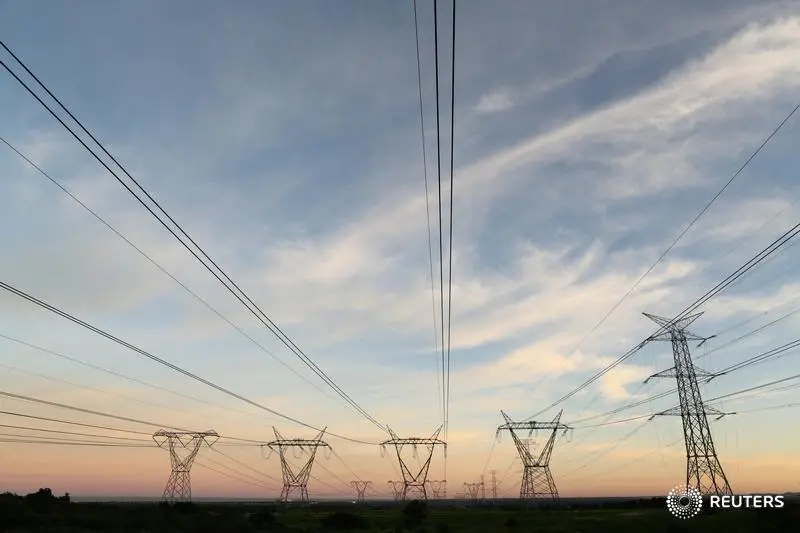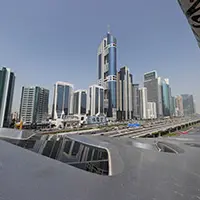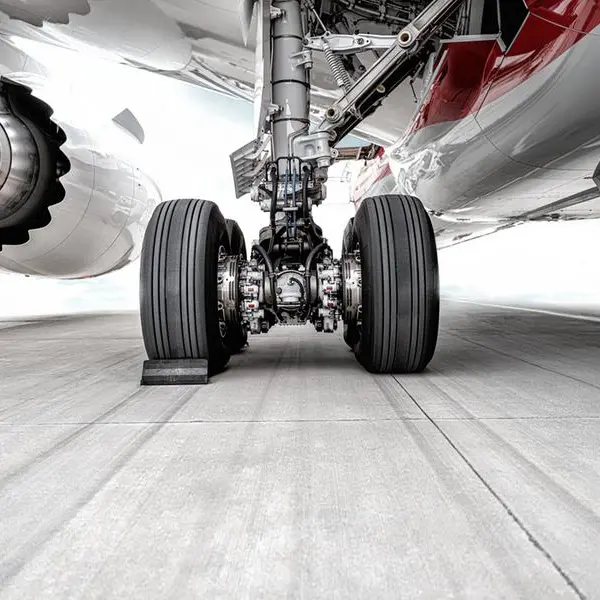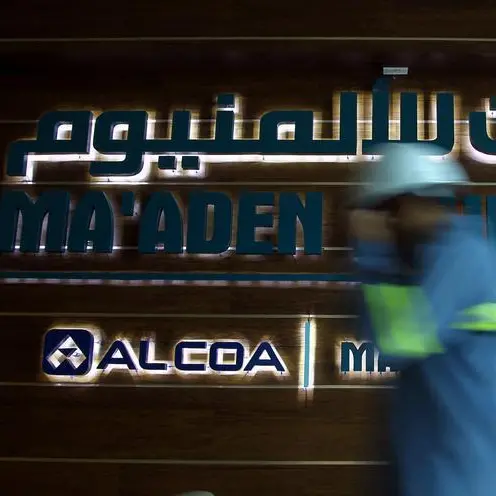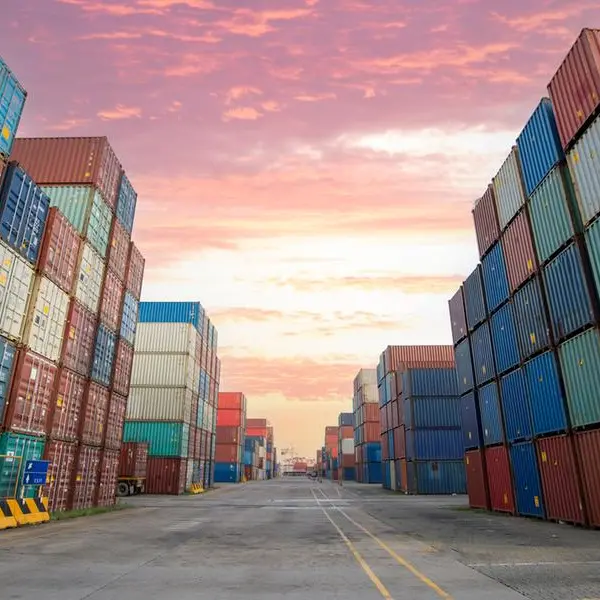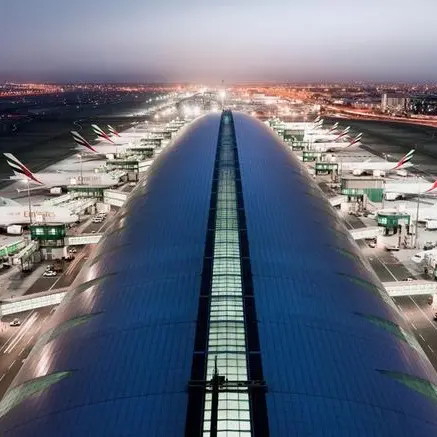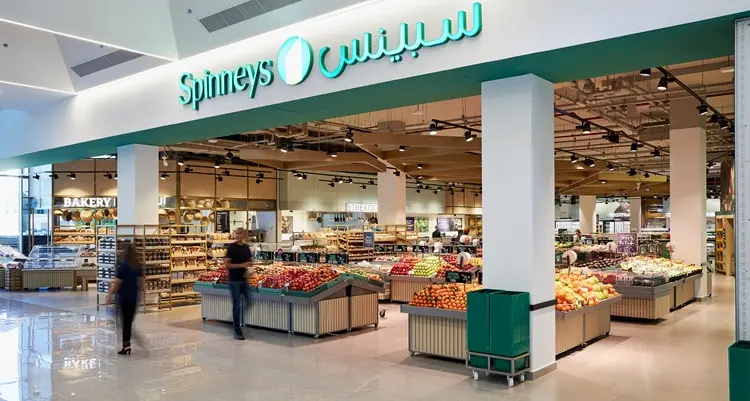PHOTO
Power projects in MENA are expected to receive the largest share of investments $348 billion of almost $1 trillion worth of investments set to be made in the region’s energy sector over the next five years as electricity consumption spirals higher, driven by burgeoning populations, urbanisation and rising income levels.
According to a new outlook from the Arab Petroleum Investments Corporation (Apicorp), a multilateral development financial institution, this accounts for 36 percent of the $961 billion worth of planned and committed investments for the sector in 2019-23.
Saudi Arabia has the largest committed and planned investments in the medium term.
While the estimate marks a 5 percent increase on Apicorp’s 2018 outlook, total investment in the GCC, however, has shrunk 11 percent year-on-year (y-o-y), marking the second consecutive year of decline. The UAE is the only country in the GCC with committed investments up on year, the report added.
In the power sector, where $90 billion worth of projects are currently being executed, renewables make up for 34 percent of the investment. More than half of the renewable investments are in North Africa, particularly Morocco, Algeria and Tunisia.
Morocco has set a target for renewable energy as a share of total generated power at 42 percent by 2020.
Saudi Arabia has also set a target of 27.3 gigawatts (GW) of renewable energy by 2023, rising up to 58.7 GW by 2030.
In the oil sector, of the $304 billion of total investment, $166 billion worth of projects are at the planning stage, while $138 billion has been committed.
Iraq, where the war on ISIS inflicted significant infrastructural damage, is now leading the push downstream as it looks to ramp up production from existing and new refineries with $25 billion of committed investments. Upstream, the OPEC member is pursuing a higher production target of 6.5mb/d (million barrels per day) by 2022.
In the UAE, upstream oil investments are set to reach $20 billion, targeting 4 mb/d of production capacity by 2022, while Kuwait has a similar target for 2020.
However, the report warned that while there still is growth in upstream oil spending, higher global production and slowing demand worldwide have crimped the need for additional supply of crude and products. Total investments in the GCC’s oil sector fell from $197 billion in Apicorp’s 2018 outlook to $156 billion, with planned investments down $ 33 billion year-on-year.
Investments in the petrochemical sector continue to rise, with total investments topping $123 billion, including $33 billion for projects currently under execution. Egypt alone accounts for just under half the investment.
Saudi Arabia is building the first crude-oil-to-chemicals (COTC) in the region at an investment value of $20 billion. The Saudi Aramco/SABIC complex is likely to be commissioned in 2025.
In the gas sector investments will amount to $186 billion, of which just under half—$87 billion— is committed investment.
The IEA expects global demand for gas to grow at an average rate of 1.6 percent for each of the next five years. The MENA region is estimated to experience 2 percent growth per year for over the same period, driven by utilities, power and desalination projects.
Egypt is expected to prioritise upstream gas investment to meet rising demand. Production from the Zohr field and higher utilisation of export facilities are expected to improve the country’s net trade balance.
In a statement accompanying the report, Mustafa Ansari, senior economist at Apicorp, said: “Iraq leads with over $16 billion committed to capture flared gas; the Basra Gas Company (BGC) south gas utilisation project makes up the lion’s share.”
Meanwhile, Saudi Arabia has plans to develop its unconventional gas reserves and to increase production from 14 billion cubic feet per day (bcf/d) to 23 bcf/d by 2030. Kuwait is expected to continue relying on LNG amid efforts to increase production of non-associated and sour gas.
The report also highlighted the fact that since the last outlook was issued, government-led investments have slipped from 80 percent to 78 percent, with a combination of private sector developments or public-private partnerships making up the gap.
Private sector funders supported investment in countries with weaker fiscal reserves and/or a higher share of power sector projects.
Dr. Ahmed Ali Attiga, chief executive officer, Apicorp, said in an accompanying statement: “We see the private sector as a critical player in financing the region’s energy investment plans going forward, while freeing up revenues for other areas in the economy.”
(Writing by Brinda Darasha; Editing by Michael Fahy)
Our Standards: The Thomson Reuters Trust Principles
Disclaimer: This article is provided for informational purposes only. The content does not provide tax, legal or investment advice or opinion regarding the suitability, value or profitability of any particular security, portfolio or investment strategy. Read our full disclaimer policy here.
© ZAWYA 2019